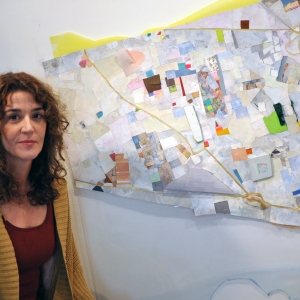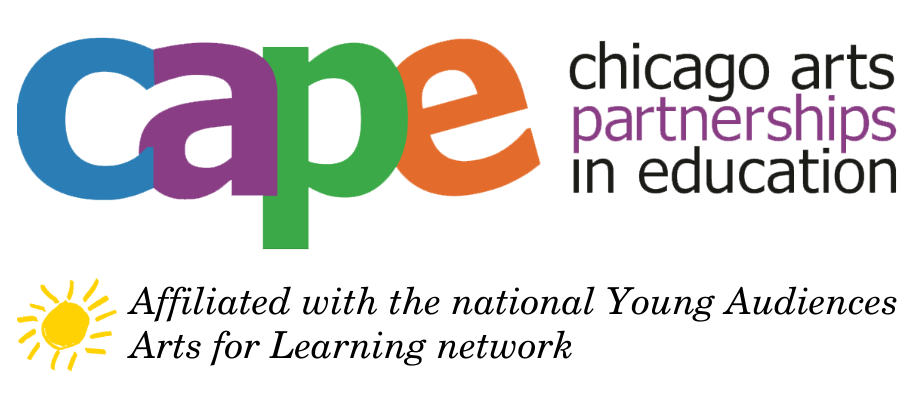Jennifer Mannebach

Art form(s):2D and 3D mixed media and installation
CAPE Teaching Artist since 2015
Education:
MFA School of the Art Institute of Chicago
Bio:
Jennifer Mannebach’s work addresses remnants, boundaries, and transition. She has exhibited at the Hyde Park Art Center, Flatfile Gallery, Jack Olson Gallery and others, nationally and internationally. In 2006 she was a visiting artist at The American Academy in Rome. Mannebach received her MFA from The School of the Art Institute of Chicago, where she subsequently taught for 6 years. She is an adjunct professor at Concordia University, an Artist/Researcher with CAPE, and advocates for artists at Little City Foundation where she was an art facilitator for over a decade. Awards include the Illinois Arts Council Fellowship, CAAP grants, IAC grants, and the Governor’s International Arts Exchange Grant. Recent exhibits include You Never Held It at the Right Angle at the Evanston Art Center, an exhibit at Governor’s State University and Wanting It Both Ways at the Ukrainian Institute of Modern Art. This summer she is looking forward to embarking on an art and science residency at PLAYA in Oregon.
Artist Statement:
My work focuses on the borders and edges of where things collect, and relationships between what happens on either side of these demarcations. My visual language often conflates the architecture of the interior body with broader views of world maps and constructed barriers, incorporating the intense chroma of colored gels used in microscopic visualization. A sense of rupture and disorientation can be an opportunity to be more carefully attentive. I exploit the potential of material relationships, playing with translucency and dynamic shifts in scale, with respect to the state of discomfort and awkwardness at the seams. Materials find a home with each other, but always with a looming tectonic shift. I’ve been thinking about how we learn through mediated language, like visual maps or guideposts, when in turn these languages can dictate how the information is explored in the future. My tendency to sit with things (inspiration, references) and allow them to be ‘muddled’ is really a strategy — so that I don’t slip into illustrating my ideas. I want them to be processed through my thoughts and studio actions in a way that is indirect and nimble enough to tell me something new, and the delay in clarity keeps me from making facile judgements. This is an attitude that ties into my teaching practice, especially with CAPE where an inquiry driven space is the foundation of our collaborations.


